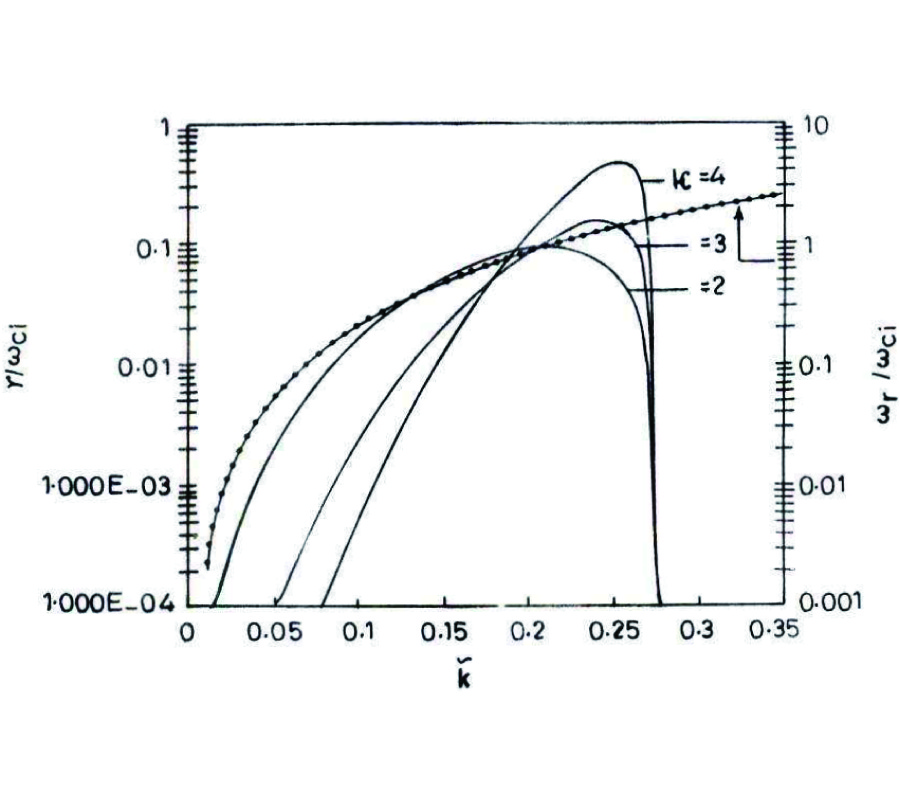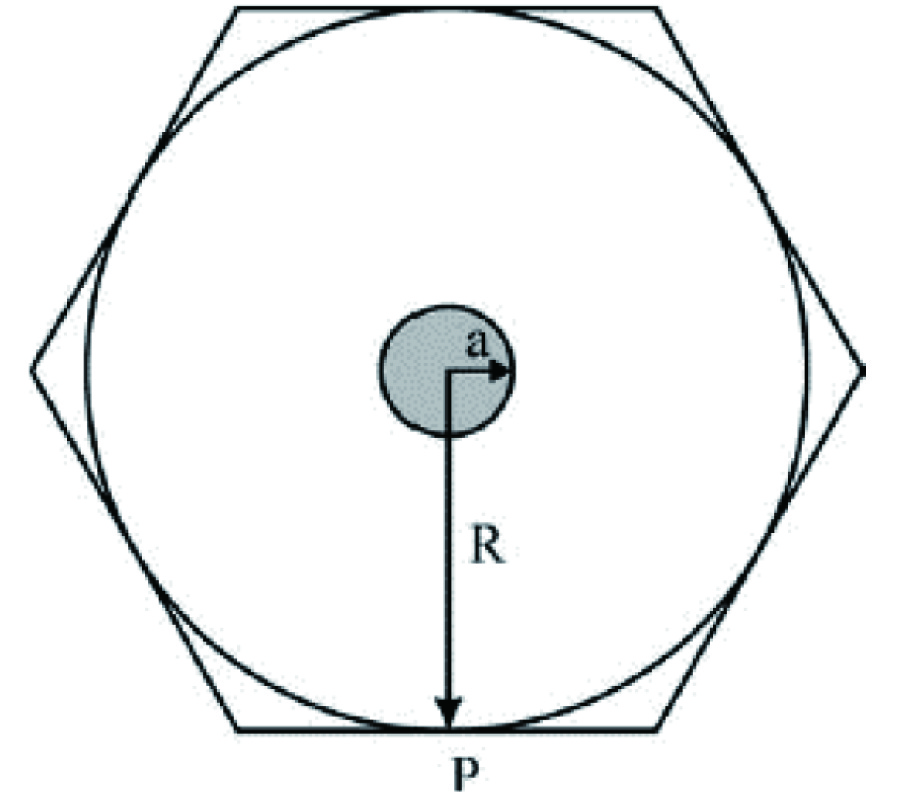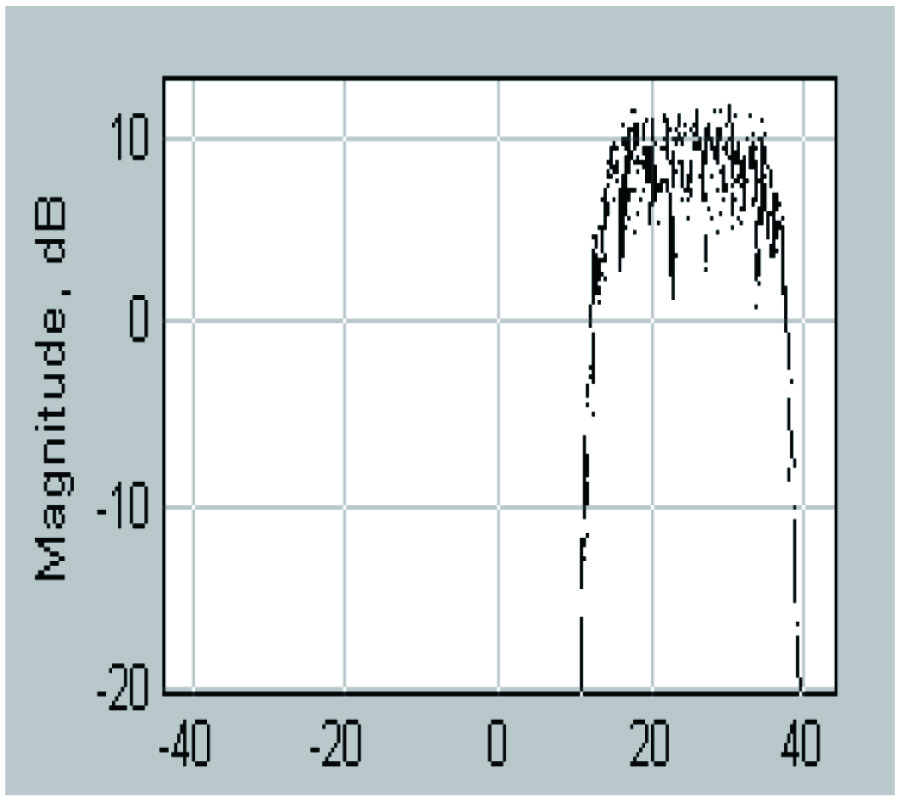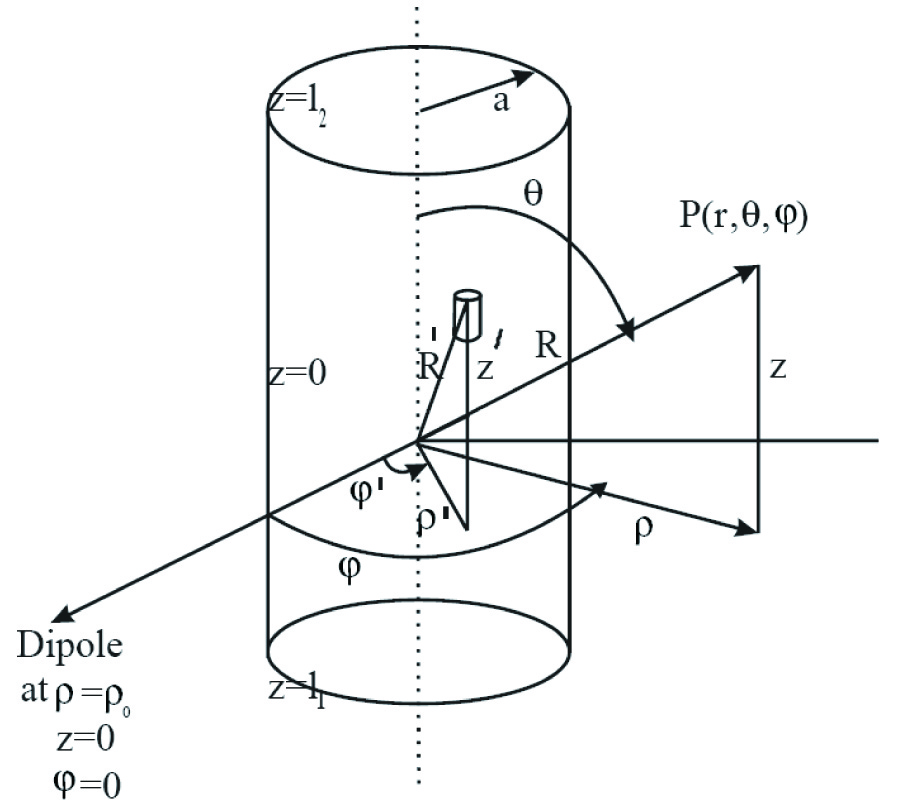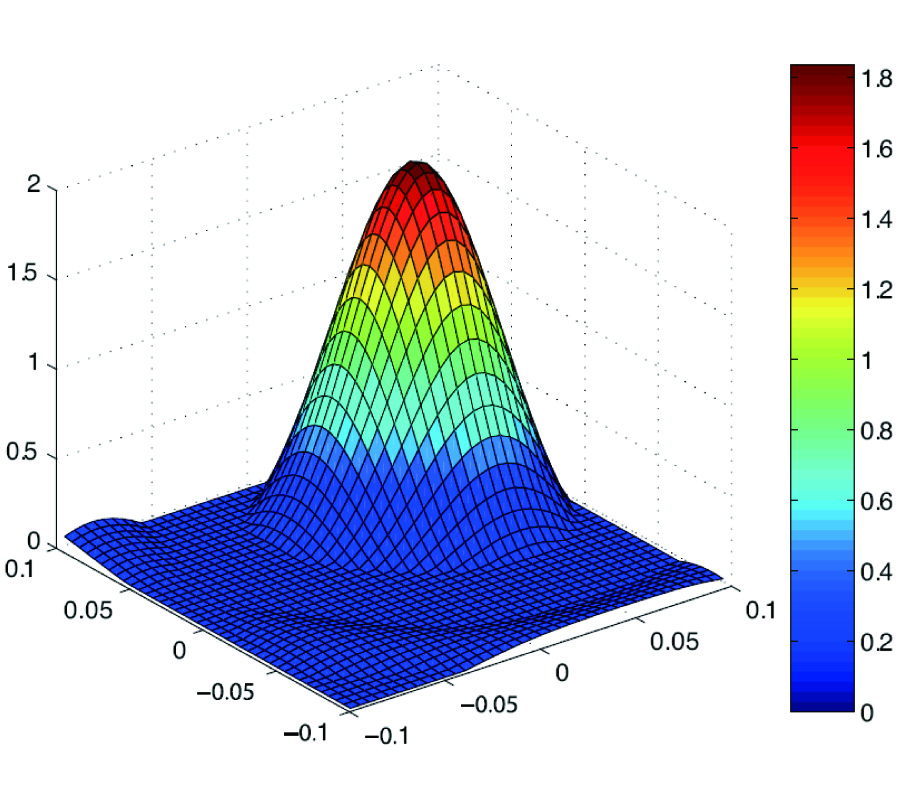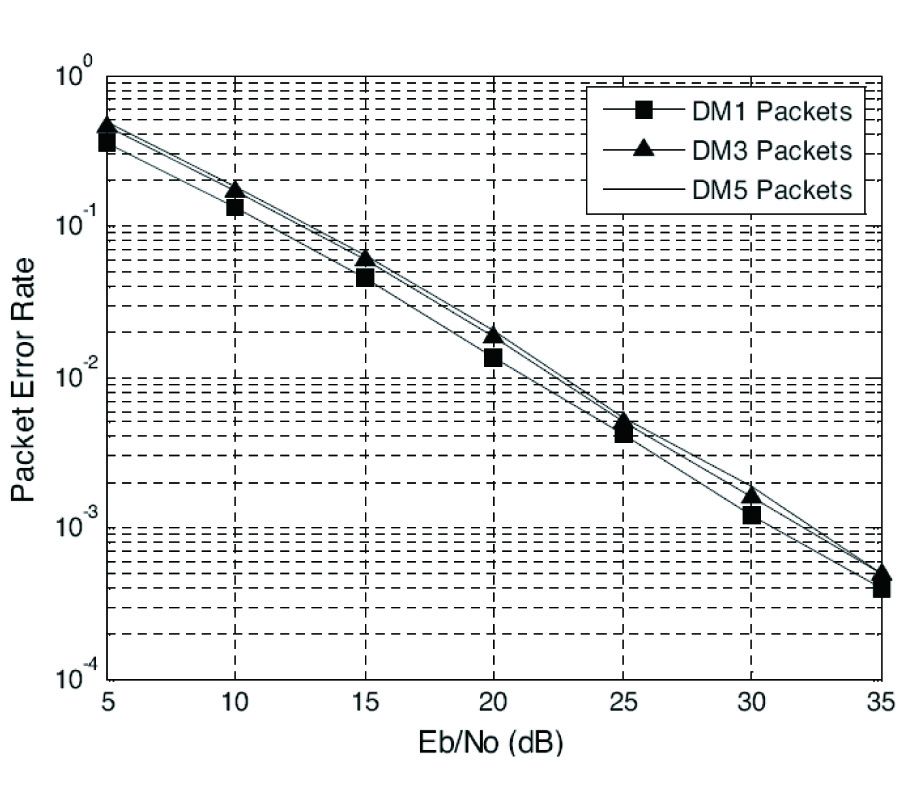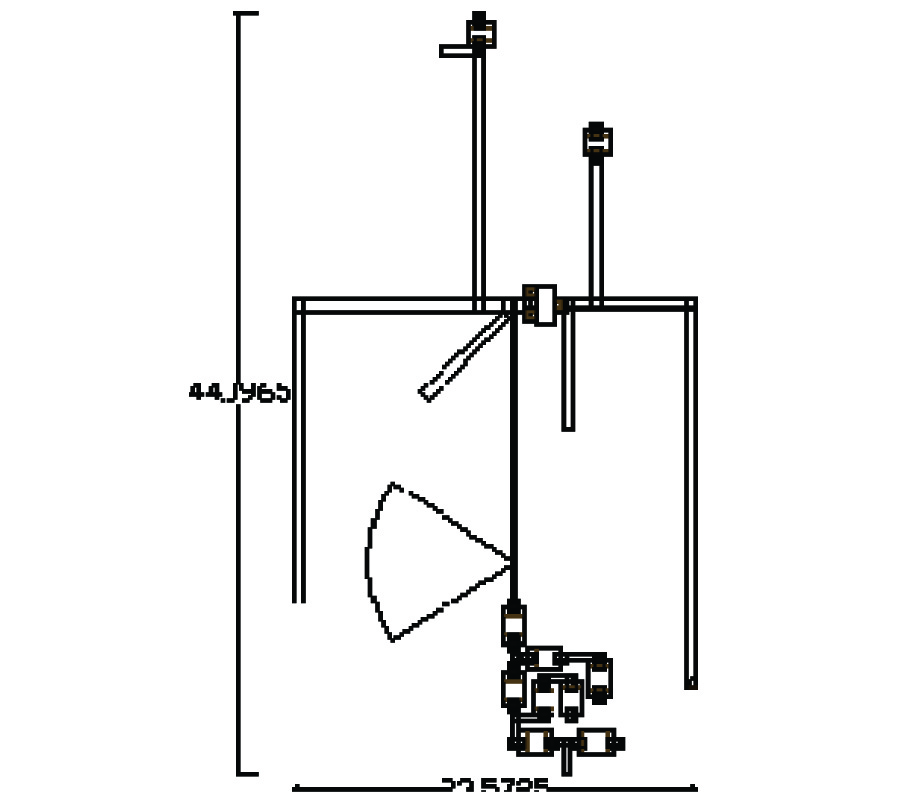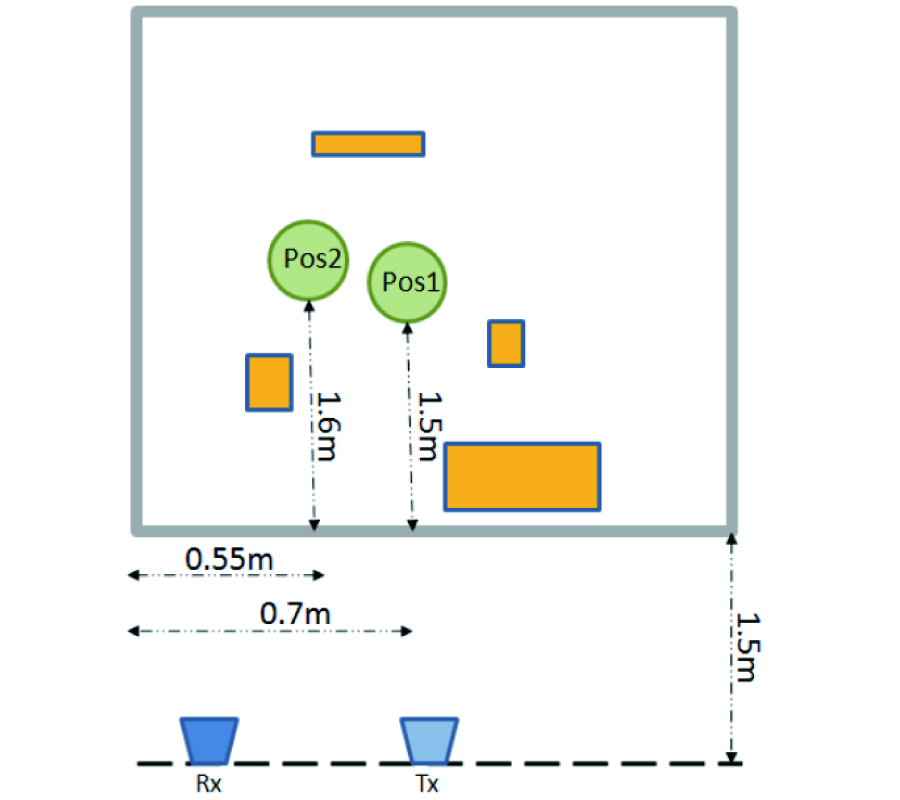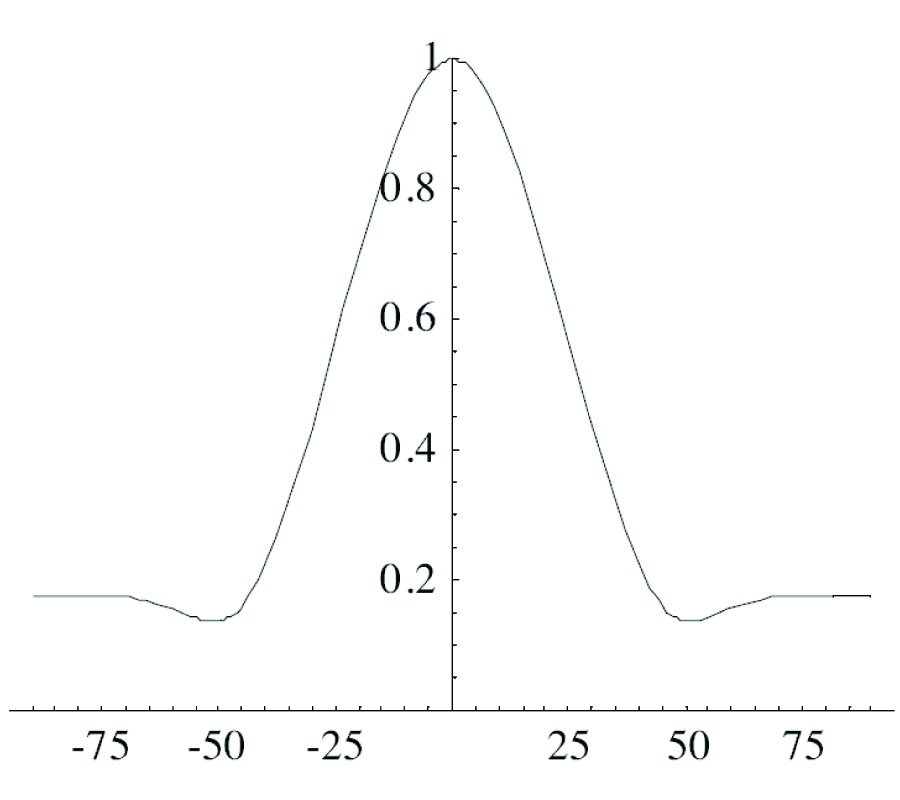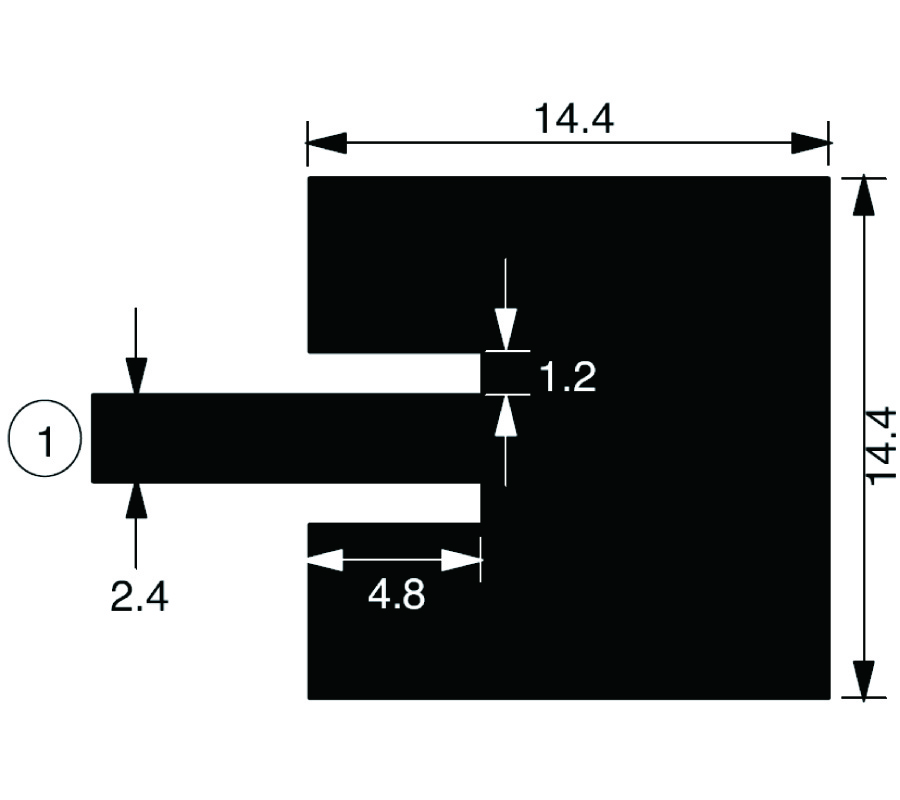Adapting the Normalized Cumulative Periodogram Parameter-Choice Method to the Tikhonov Regularization of 2-d/TM Electromagnetic Inverse Scattering Using Born Iterative Method
Puyan Mojabi and
Joe LoVetri
A new method of choosing the regularization parameter, originally developed for a general class of discrete ill-posed problems, is investigated for electromagnetic inverse scattering problems that are formulated using a penalty method. This so-called Normalized Cumulative Periodogram (NCP) parameter-choice method uses more than just the norm of the residual to determine the regularization parameter, and attempts to choose the largest regularization parameter that makes the residual resemble white noise. This is done by calculating the NCP of the residual vector for each choice of the regularization parameter, starting from large values and stopping at the first parameter which puts the NCP inside the Kolmogorov- Smirnov limits. The main advantage of this method, as compared, for example, to the L-curve and Generalized Cross Validation (GCV) techniques, is that it is computationally inexpensive and therefore makes it an appropriate technique for large-scale problems arising in inverse imaging. In this paper, we apply this technique, with some modification, to the Tikhonov-regularized functional arising in the 2-D Transverse Magnetic (TM) inverse electromagnetic problem, which is formulated via an integral equation and solved using the Born iterative method (BIM).
